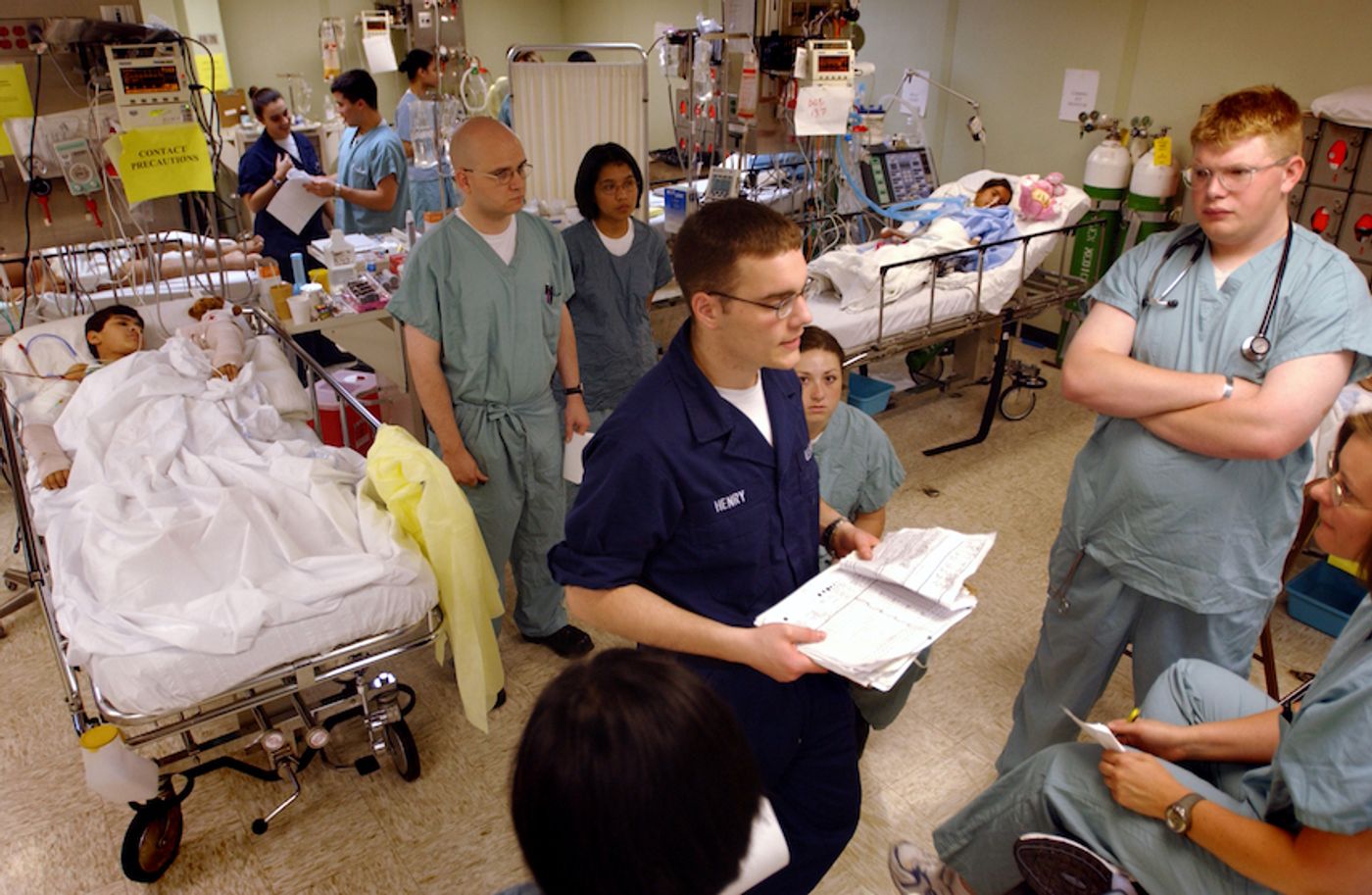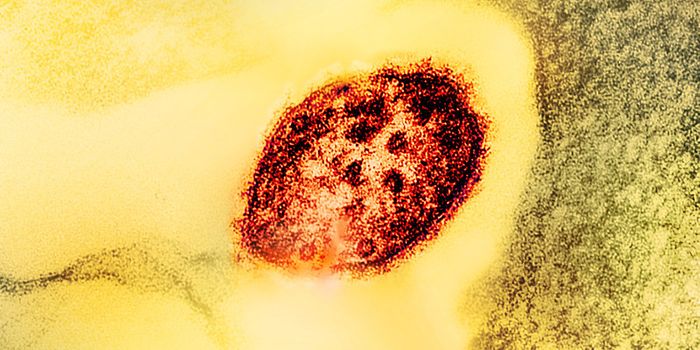How our Gut Microbiome, Daily Clock, & Metabolism are Connected
The bacteria we carry in our guts play a critical role in our well-being. Many things can exert an influence on that microbial community, called the gut microbiome, like our diet, medications, and even the hours we keep. Evidence has indicated that changes in the circadian clock can change things in our physiology, including the gut microbiome. New research has identified a gene that plays an important role in the interplay between metabolism and the light cycle of day and night.
Reporting in Science, researchers led by Yuhao Wang at The University of Texas Southwestern Medical Center in Dallas have reported new data that could help explain why disrupting the circadian clock, and subsequent perturbations in the microbiome can cause metabolic disease.
The investigators found that certain molecules that are produced by microbes in the gut were able to affect the expression of the NFIL3 gene, which cycles according to our circadian clock. NFIL3 can influence a metabolic pathway that is also dependent on the time of day, and which controls how intestinal cells absorb fats.
People that work at night or who frequently travel internationally have been found to be at higher risk for diabetes, hypertension, and obesity. There is also evidence that the use of artificial light and long work hours have contributed to the rise in metabolic disease seen in the industrialized world. While inactivity and diet are major factors, there seem to be other influences, and there are feedback loops in the system. For example, a high-fat diet can affect the circadian rhythm of the body, which in turn disrupts metabolism.
Researchers are trying to determine whether we can make alterations to the microbiome that can help people restore normality to their metabolism. Knowing more about the mechanisms underlying the process will help advance that goal.
If you’d like to learn more about the complex relationship between the circadian clock, our gut microbiome, and metabolism, check out the awesome short video above from BrainCraft, a project by Vanessa Hill and PBS.
Sources: AAAS/Eurekalert!, Science, American Journal of Obstetrics and Gynecology, Circulation Research









